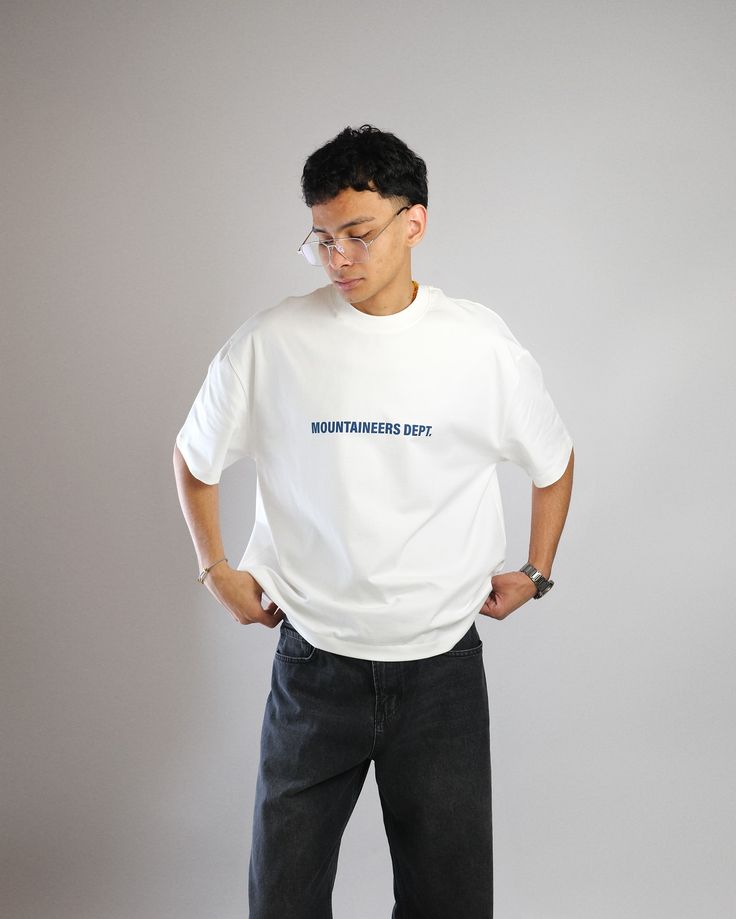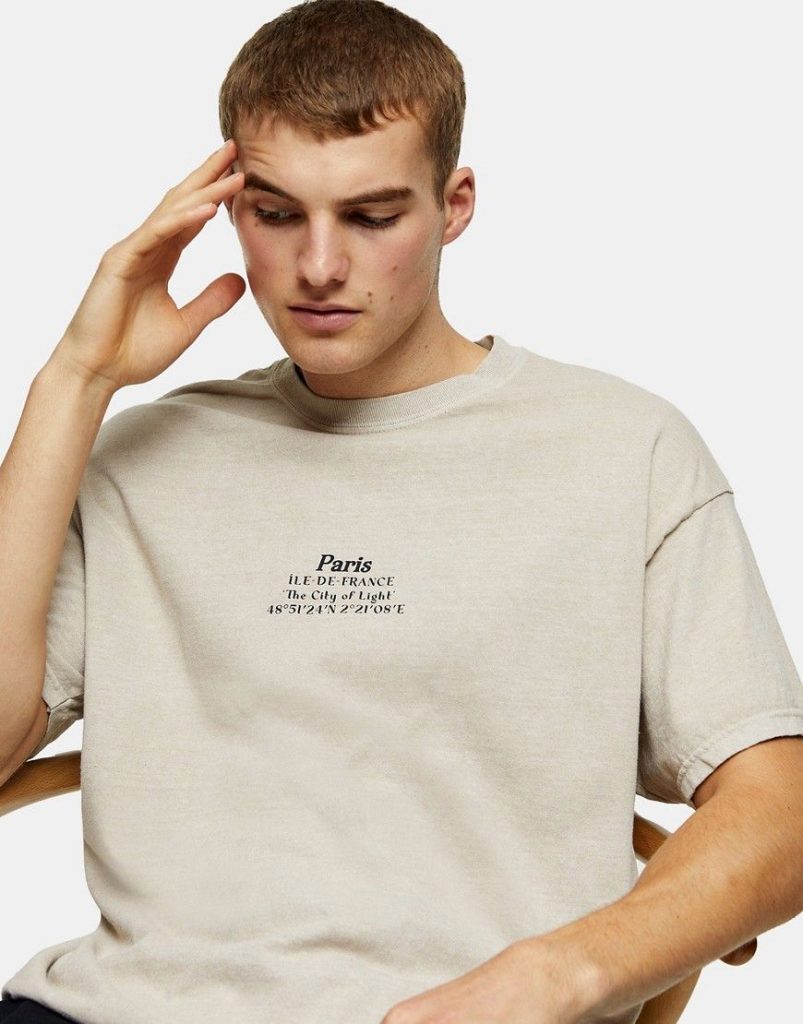Introduction
Fashion is more than what we wear—it is a living archive of human history, creativity, and connection. Across centuries and continents, clothing has carried the stories of civilizations, representing identity, belief systems, and the collective imagination of communities. Every culture has woven its own threads into the fabric of global style, creating a tapestry that unites humanity while celebrating diversity. This is the story of how garments transcend borders and become universal storytellers of who we are.
Fashion as the Universal Language of Expression
While spoken languages vary, fashion communicates without barriers. A garment can signal status, belonging, rebellion, or joy with no translation required. From the intricate embroidery of Eastern traditions to the sleek silhouettes of Western tailoring, clothing has always been a silent but powerful dialogue between individuals and the world around them. It reflects not only personal choice but also collective identity, serving as a visual shorthand for culture and history.
Ancient Attire and the Origins of Cultural Style
Civilizations have long used clothing to define their place in history. Egyptians wrapped themselves in linen not only for comfort in the desert climate but also as a symbol of purity and divine connection. Roman citizens distinguished class and rank through togas, while China’s mastery of silk production turned fabric into currency and diplomacy. In Africa, vibrant textiles like kente cloth told stories of ancestry, wisdom, and community pride. These early garments were not merely functional but expressions of cultural philosophy and artistry.
Trade Routes and the Spread of Textile Innovation
The movement of goods across continents did more than enrich economies—it shaped style itself. The Silk Road carried silks, dyes, and patterns from Asia into Europe and the Middle East, blending aesthetics across civilizations. Indian cotton reshaped wardrobes across the globe, while indigo dye created trends that remain alive today in denim. Every trade route became a runway of exchange, where fashion evolved through encounters between cultures.
Symbols and Meanings in Traditional Dress
Traditional attire is a living symbol of heritage. The Japanese kimono reflects harmony and balance, while the Indian sari embodies elegance, grace, and tradition. In West Africa, the dashiki represents pride and resilience, while in Latin America, the poncho merges practicality with cultural storytelling. These garments carry deeper significance than trends—they are expressions of spiritual belief, social identity, and ancestral memory, making them timeless vessels of meaning.
Cross-Cultural Fusion in Modern Style
Globalization has made fashion an arena of cultural blending. Streetwear in New York borrows elements from Japanese design, while luxury fashion in Paris incorporates African patterns and Asian silhouettes. Designers today embrace hybridity, merging tradition with modernity to create collections that transcend geography. What once belonged to a single culture now inspires worldwide style, creating fashion that is both universal and deeply personal.
Fashion as Cultural Diplomacy
Clothing is not only an art form but also a bridge between nations. Fashion weeks in Paris, Milan, Lagos, and Tokyo act as stages for cultural exchange, where designers share their visions with the world. Diplomats and leaders have long used attire to communicate respect across borders—wearing garments inspired by host nations or showcasing national design as a form of soft power. Fashion, in this sense, becomes a subtle yet profound tool of diplomacy.
The Role of Migration and Diaspora in Fashion Narratives
Migration has carried cultural style across oceans, planting seeds of fashion identity in new lands. Immigrant communities often preserve traditional attire while adapting it to modern contexts, creating hybrid fashion identities. From Caribbean prints influencing British streetwear to South Asian embroidery finding a home in Western couture, diaspora communities have expanded the global language of clothing, proving that identity is not lost in movement—it is enriched.
Technology’s Impact on Cultural Threads
The digital age has revolutionized how fashion is created, shared, and worn. Virtual runways, 3D-printed garments, and AI-driven styling tools open new frontiers for cultural storytelling. A traditional garment can be reimagined digitally, allowing designers to preserve heritage while embracing innovation. Technology has also democratized access—allowing cultural designs to reach global audiences instantly, reshaping the way we perceive and participate in fashion.
Sustainability and Shared Responsibility in Global Fashion
As environmental awareness grows, cultures are rethinking how fashion is made and consumed. Indigenous practices of slow fashion, handwoven textiles, and natural dyeing inspire sustainable solutions for today’s global challenges. From Scandinavian minimalism promoting durability to African upcycling traditions that breathe new life into materials, sustainability in fashion is not a modern invention but a revival of timeless wisdom.
Storytelling Through Fabric and Craftsmanship
Behind every piece of clothing lies the hand of a craftsman, a story of skill and dedication. Embroidery, weaving, beadwork, and dyeing techniques carry centuries of tradition passed from one generation to another. These handmade practices are cultural treasures, ensuring that garments are not mass-produced objects but living narratives of creativity, heritage, and artistry.
Identity, Empowerment, and Representation
Fashion has become a platform for representation and empowerment. Movements for inclusivity and diversity are redefining beauty standards, while traditional dress worn proudly in modern contexts challenges stereotypes. Clothing today is not just about appearance—it is about reclaiming voice, asserting presence, and empowering individuals to be seen and celebrated for who they are.
Fashion Capitals and Global Influence
Cities across the globe have become epicenters of style. Paris remains synonymous with elegance, Milan with craftsmanship, New York with innovation, and Tokyo with avant-garde design. Yet new voices from Lagos, São Paulo, and Seoul are reshaping the map of global fashion influence. Each city tells its own story while contributing to the evolving narrative of worldwide style.
Cultural Hybridity: The Future of Style
The future of fashion is not about singularity but hybridity. As traditions continue to merge with modern innovation, tomorrow’s clothing will be a blend of past and future, heritage and progress. It will be fashion that respects cultural roots while embracing global citizenship—a style that honors individuality yet celebrates unity.
Conclusion: Threads That Weave Humanity Together
Fashion is not simply fabric and form—it is humanity stitched together in creativity, history, and imagination. Across every culture, clothing has spoken a shared language of expression, carrying meaning that transcends borders. Whether it is the sari, kimono, dashiki, or suit, each garment is a chapter of our collective story.
In an ever-changing world, global fashion stories remind us of one truth: what we wear is more than personal—it is cultural, historical, and universal. Every pattern is a memory, every color a statement, and every thread a bridge between communities. Fashion unites us because, at its heart, it reflects the human desire to connect, create, and belong













